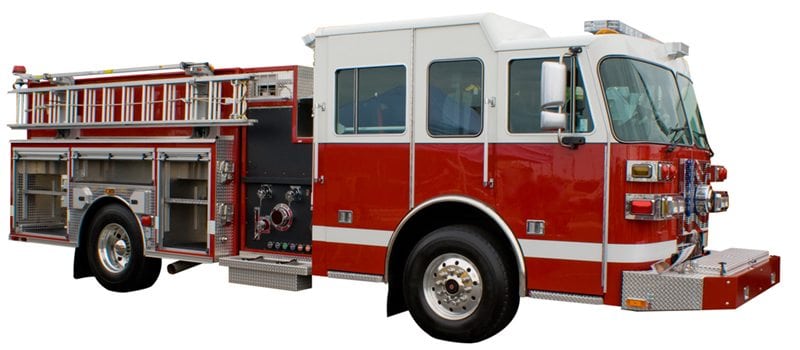Emergency Responders
SAFETY IS OUR PRIORITY!
We protect our pipelines and the community we serve through employee training, inspections and regular maintenance. Our personnel are trained to respond and communicate with emergency response agencies within the incident command structure.
In addition to our ongoing safety and Integrity Management Procedures, we rely on local emergency responders to notify us when they observe potential damage or dangers to our facilities, including right-of-way violations that could endanger public safety.

Emergency Responder Liaison Training
Offered every November!
We proudly offer an annual training that is open to ALL emergency responders interested in learning more or refreshing their knowledge about how to respond to a natural gas emergency. Trainings are always FREE to attend, and include meals, door prizes, and realistic exercises that prepare emergency responders may encounter in the community.
2024 Training Resources
Emergency Responder Liaison Training Presentation
Emergency Responder Liaison Tabletop Exercise
Natural Gas Properties
Natural Gas is all natural and inherently SAFE! Composed primarily of methane gas, natural gas is lighter than air, burns cleanly, and if released, rises and dissipates safely into the atmosphere. York County Natural Gas Authority (YCNGA) is committed to ensuring the safe, reliable and environmentally sound transmission of natural gas.
- Natural gas is composed primarily of methane gas and is lighter than air.
- Natural gas in a confined space will displace oxygen acting as an asphyxiant.
- Natural gas has a flammable concentration range between about 4% and 15% gas to air. At concentrations below 4% or above 15%, natural gas will not burn.
- Natural gas ignition temperatures can range between 900 and 1,170 degrees.
- Leaking gas can move laterally or migrate upward when underground or in enclosed spaces and accumulate in storm drains, construction trenches, buildings, and other utility lines. As gas concentrations rise or fall, they can pass through the explosive range.
Responding to a
Natural Gas Emergency
The following are some guidelines to keep in mind:
- Secure the area around the leak to a safe distance. This could include evacuating people from homes, businesses, schools and other locations, erecting barricades, controlling access to the emergency site, and similar precautions.
- If the pipeline leak is not burning, take steps to prevent ignition. This could include prohibiting smoking, rerouting traffic, and shutting off the electricity and residential gas supply.
- If the pipeline leak is burning, take steps to prevent secondary fires, but DO NOT attempt to extinguish a pipeline fire unless asked to do so by pipeline company personnel.
- Contact the pipeline company as quickly as possible. Pipeline marker signs show the pipeline company’s name and emergency telephone number.
Responding to a Natural Gas Emergency
The following are some guidelines to keep in mind:
- Secure the area around the leak to a safe distance. This could include evacuating people from homes, businesses, schools and other locations, erecting barricades, controlling access to the emergency site, and similar precautions.
- If the pipeline leak is not burning, take steps to prevent ignition. This could include prohibiting smoking, rerouting traffic, and shutting off the electricity and residential gas supply.
- If the pipeline leak is burning, take steps to prevent secondary fires, but DO NOT attempt to extinguish a pipeline fire unless asked to do so by pipeline company personnel.
- Contact the pipeline company as quickly as possible. Pipeline marker signs show the pipeline company’s name and emergency telephone number.
Additional Training Resources
www.phmsa.dot.gov/emergency-response-and-training
Pipeline Emergencies Training App is now available on iPhone and Android devices


